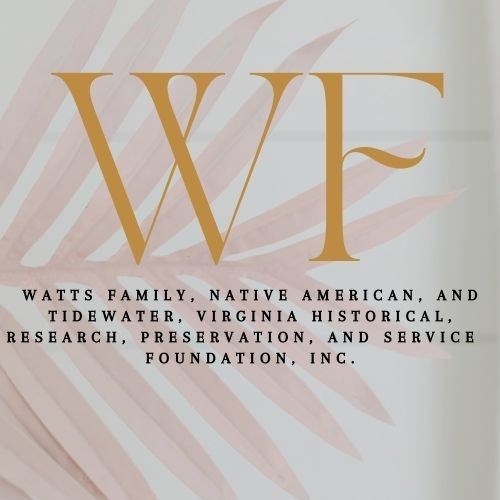Many people contributed to this report in both large and small ways. Karen Rehm of the National Park Service conceived of a report that would pull together documentary sources as a foundation for presenting a Native perspective of the story of the colonial encounter at Jamestown and the first century of interaction thereafter. The American Indian Resource Center's Virginia Indian Oral History Project (1999-2003) served as a jumping off point for the research. Primary data collection was an arduous task and undertaken with dedication by Katharine Harbury. William & Mary student researchers Scott Bensen worked with the early seventeenth century documents, Anna Charlebois review materials from Surry County. Former students Nicola Harrison and Colin Pekruhn also made significant contributions to the project. Linda Carter worked with the papers from the House of Burgesses. Angela Daniel assisted with fieldwork, creating the Native Time Line and helped organize sections of the report. The formatting the final report was done by William & Mary graduate student Autumn Barrett, with clerical assistance from Carol Roe. Special thanks goes to each contributor for their outstanding efforts; Dr. Martin Gallivan of the College of William & Mary, Jennifer Ogborne (College of William & Mary), Martha W. McCartney, Stephen D. Feeley (College of William & Mary), Edward Ragan (Syracuse University), Angela Daniel (College of William & Mary), Thane Harpole (University of Massachusettes at Boston) an Buck Woodard (Virginia Commonwealth University). This report would not have been possible without the guidance and contributions of individuals in the Virginia Indian community. A debt of gratitude is owed to Chief Emeritus Oliver (Fish Hawk) Perry, Chief Barry (Big Buck) Bass, Chief G. Anne (Little Fawn) Richardson, Chief Stephen R. Adkins, Chief Kenneth Adams, Chief Kenneth Branham, Karenne Wood, Kirk Moore, Debora Moore, Ronnie Branham, Mitchell Bush, and Deanna Beacham. Danielle Moretti-Langholtz, Ph.D. |
|



